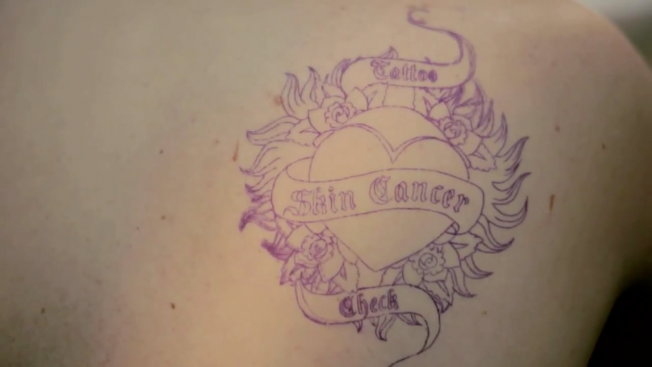Airbnb Entices Travelers to See the World Through a New Kind of Window
Posted in: Uncategorized
In its latest ad from Pereira & O'Dell, Airbnb offers you something you can't get at the average hotel: someone else's view of the world.
"I want you to feel at home here," says the narrator of the worldly spot, which peers through windows and from balconies in an artful approach highlighting Airbnb's role as a sort of peer-to-peer room rental service.
The ad's apartments, lofts, bungalows and rural hideaways take you everwhere from a working farm to a downtown fireworks festival, driving home the point that Airbnb now gives you access to hundreds of thousands of listings across 192 countries.
So, where will you go?
CREDITS
Client: Airbnb
Agency: Pereira & O'Dell
Chief Creative Officer: P.J. Pereira
Vice President, Executive Creative Director: Jaime Robinson
Creative Directors: Rafael Rizuto, Eduardo Marques
Art Director: Ben Sweitzer
Copywriter: Chris Ryan
Vice President, Client Services: Gary Theut
Account Director: Marisa Quiter
Management Supervisor: Nidhi Chinai
Senior Account Executive: Jen Wantuch
Vice President, Strategy: Nick Chapman
Associate Strategy Director: Molly Cabe
Associate Strategists: Beth Windheuser, Sara Lezama
Vice President, Media Strategy: Joshua Brandau
Associate Media Director: Jasmine Summerset
Media Supervisor: Pete Fishman
Associate Media Strategist: Katie McKinley
Vice President, Production: Jeff Ferro
Broadcast Producer: Bill Spangler
Senior Interactive Producer: Erin Davis
Senior Print Producer: James Sablan
Director of Business Affairs: Kallie Halbach
Production Company: Tool
Director: Alma Har'el
Director of Photography: Alma Har'el
Executive Producer, Managing Director, Live Action: Oliver Fuselier
Producer: Christopher Leggett
Editorial Company: Rock Paper Scissors
Editor: Stewart Reeves
Assistant Editor: Luke McIntosh
Editorial Producer: Alexandra Zickerick
Visual Effects, Online: A52
Executive Producers: Jennifer Sofio Hall, Megan Meloth
Producers: Meredith Cherniack, Scott Boyajan
Flame Artists: Brendan Crockett
Color Correction: Paul Yacono
Sound Mix, Design: Lime Studios
Sound Design: Johannes Hammers
Mixer: Loren Silber
Assistant Mixers: Patrick Navarre, Susie Boyajan-Queen
Music:
Title: Windows
Composer, Arranger: Zach Shields
Studio Engineer, Mixer: Alexander Burke
Engineer: Chris Mullings
String Players; Catherine Campion, Paul Cartwright, Chrysanthe Tan, Kiara Perico, Manoela Wunder, Leah Metzler
Choir Leader: Dedrick Bonner
Singers: Maize Olinger, Don, Amanda Lunt, Karly, Ryan Shields, Ricky, Anika, Zach Shields, Ben Shields
Engineer: Chris Mullings
Trumpet: Danny Levin
Percussion: Ryan Shields, Zach Shields
Piano: Zach Shields
![]()




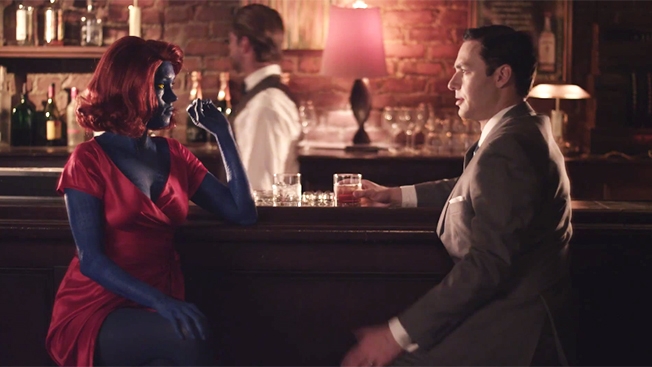

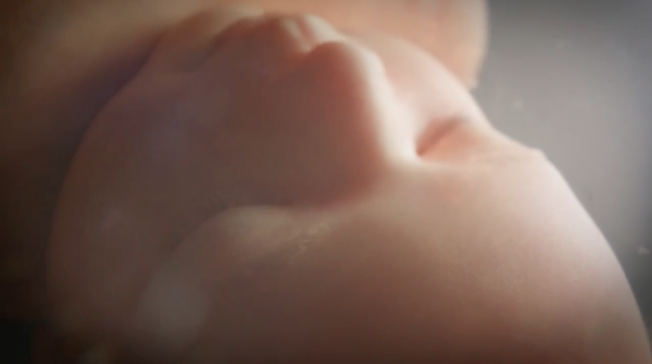
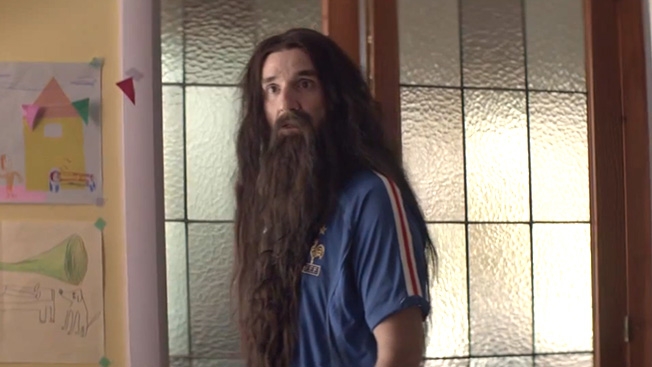

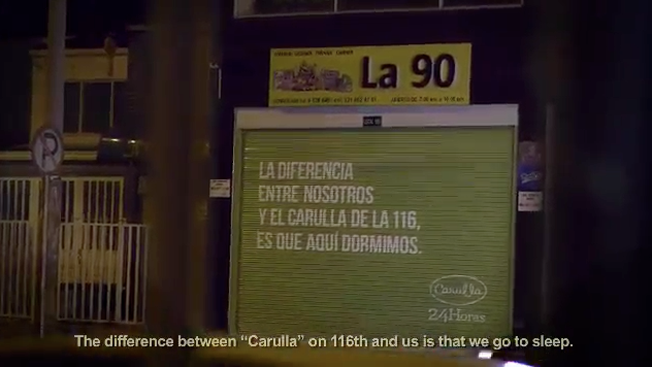


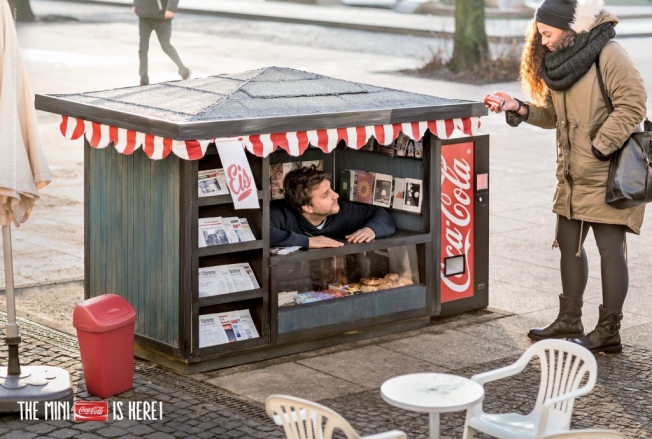


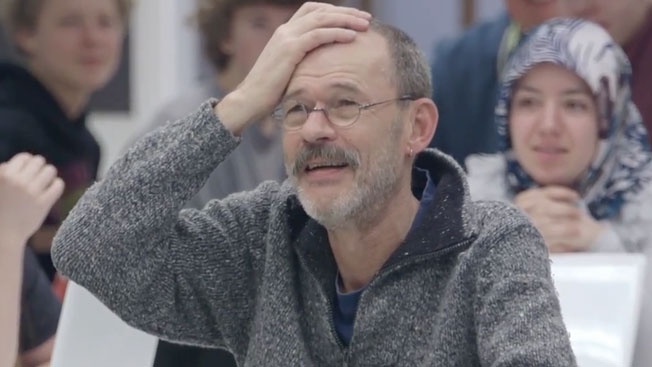
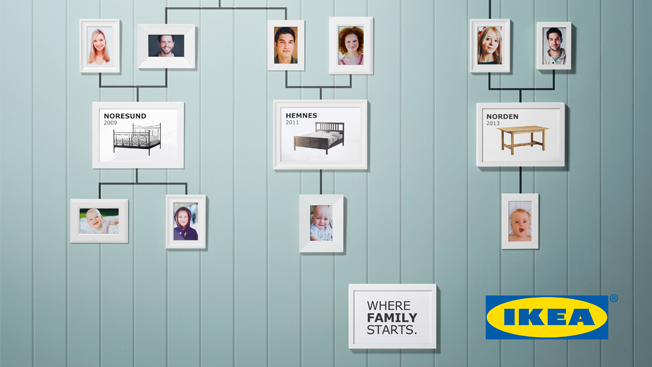



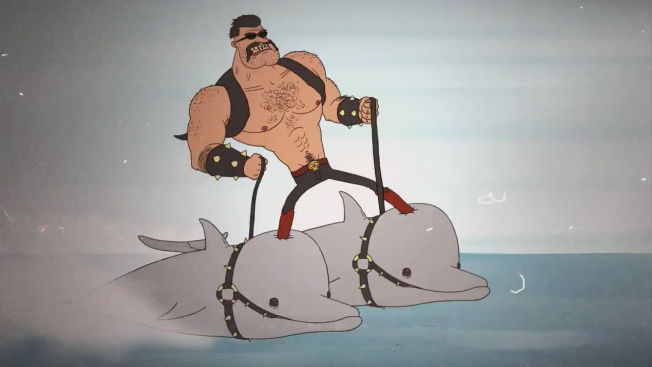
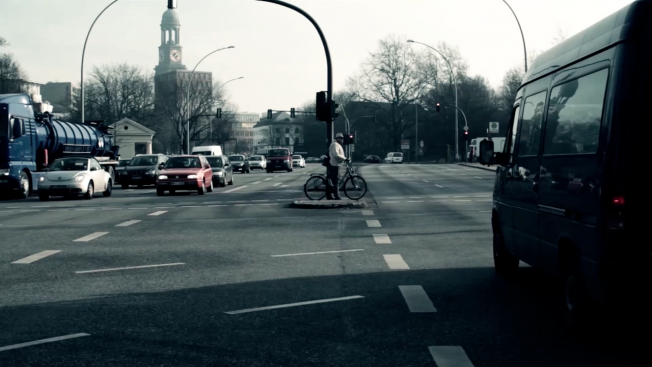
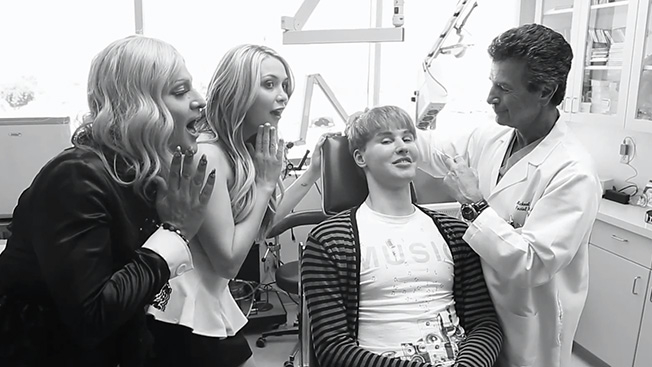


 This 48-page gem was published in 1965, and written, I believe, 20 years earlier. There is no better advice for understanding where creative ideas come from and how to generate them.
This 48-page gem was published in 1965, and written, I believe, 20 years earlier. There is no better advice for understanding where creative ideas come from and how to generate them. It's not book about marketing per se, but it is a book about innovation.
It's not book about marketing per se, but it is a book about innovation. I bought this book the day it came out 27 years ago. Within hours I had devoured every chapter, every ad, every Bernbach quote.
I bought this book the day it came out 27 years ago. Within hours I had devoured every chapter, every ad, every Bernbach quote. "Nobody reads ads. People read what interests them, and sometimes it's an ad." I heard Jim Mullen use a version of that line many times and always thought it was his until I picked up The Book of Gossage.
"Nobody reads ads. People read what interests them, and sometimes it's an ad." I heard Jim Mullen use a version of that line many times and always thought it was his until I picked up The Book of Gossage.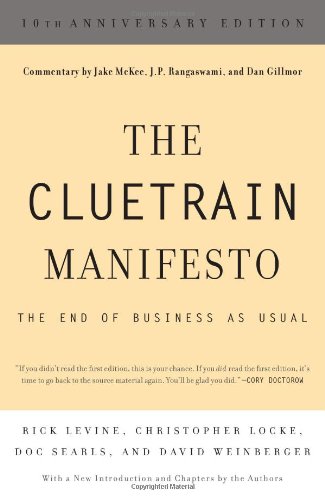 Go back and read it. Fourteen years ago it predicted and explained much of what has happened since. A number of the original 95 theses ring perfectly true today.
Go back and read it. Fourteen years ago it predicted and explained much of what has happened since. A number of the original 95 theses ring perfectly true today.